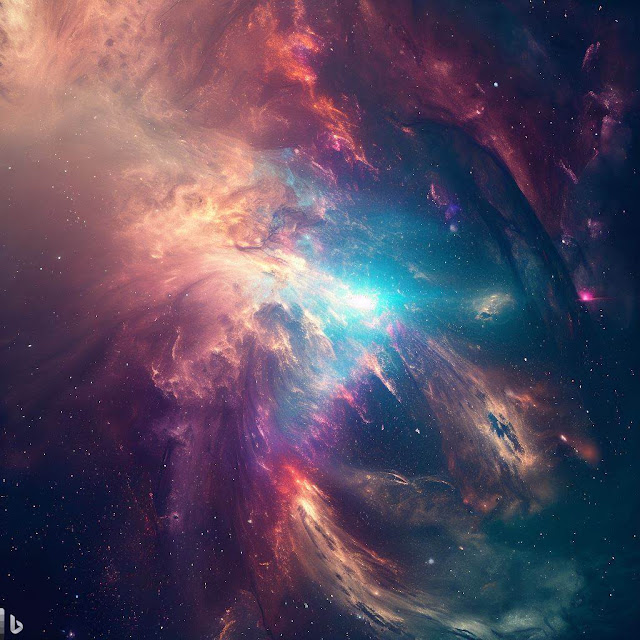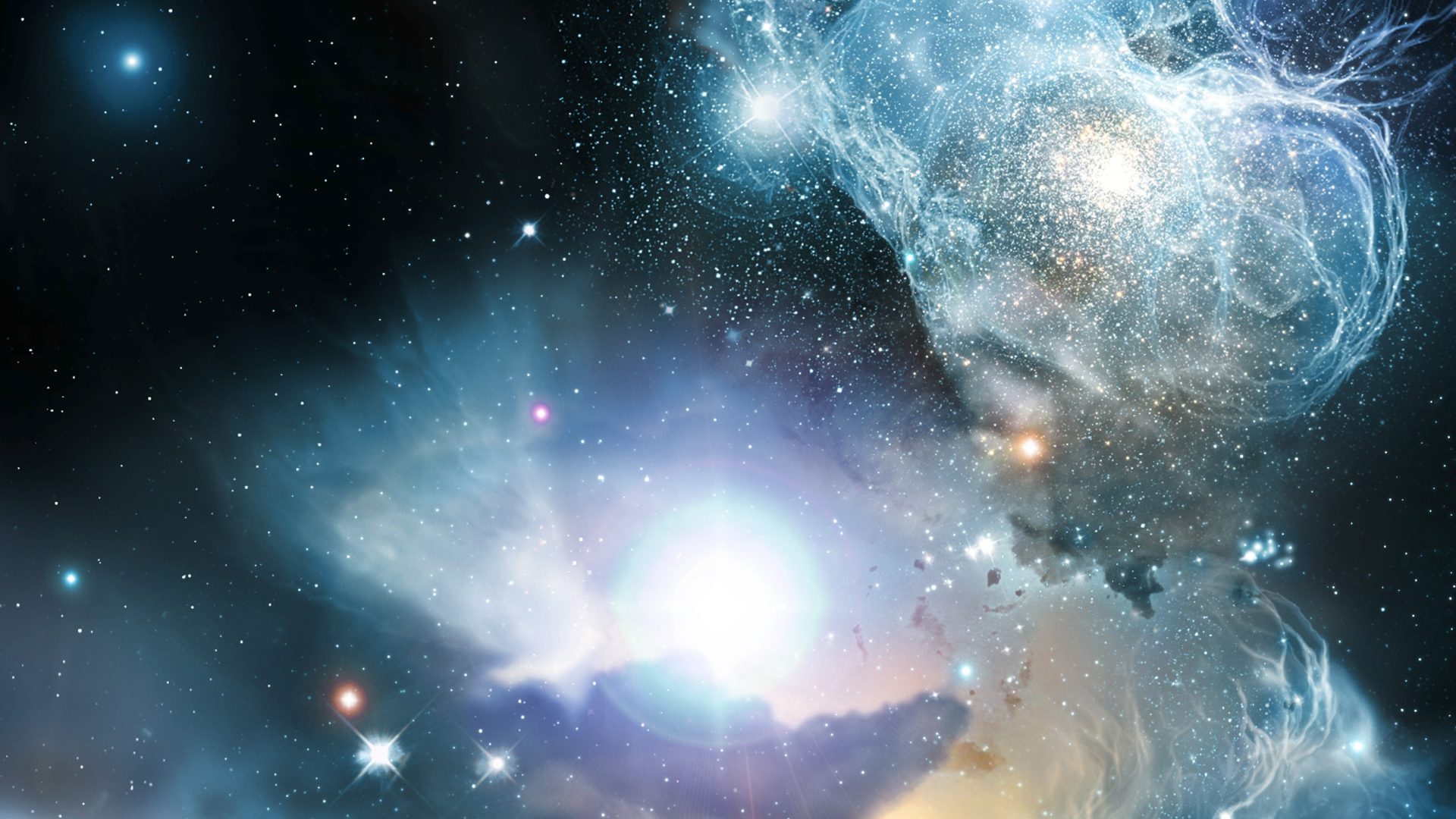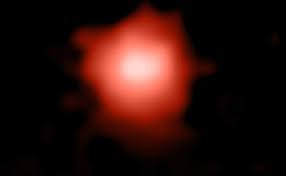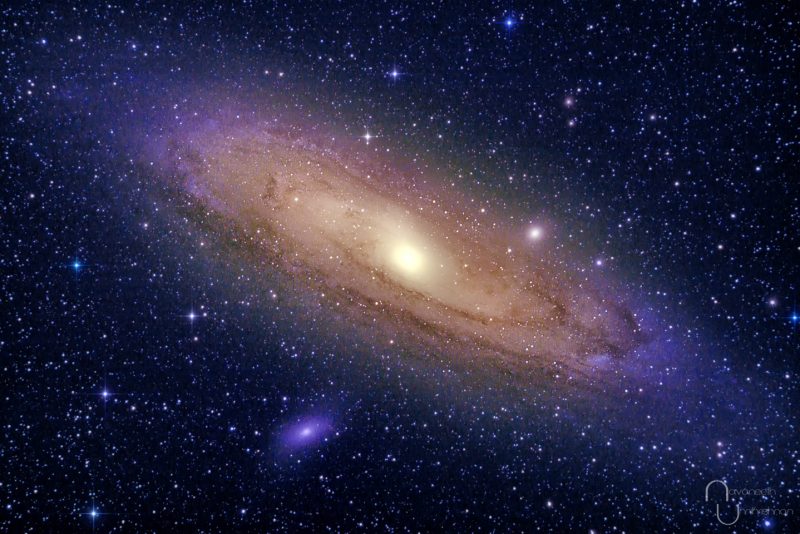The James Webb Space Telescope (JWST) is a space telescope that was launched in December 2021 and is currently conducting infrared astronomy. It is the largest optical telescope in space and is equipped with high-resolution and high-sensitivity instruments, allowing it to view objects too old, distant, or faint for the Hubble Space Telescope. One of its main goals is to find the first galaxies that formed in the early universe and peer through dusty clouds to see stars forming planetary systems.

What is a galaxy and how do we measure its distance?
A galaxy is a collection of billions of stars, gas, dust, and dark matter that are held together by gravity. Galaxies come in different shapes and sizes, such as spiral, elliptical, or irregular. Some galaxies are isolated, while others are part of groups or clusters. The Milky Way, our home galaxy, is a spiral galaxy that belongs to a group called the Local Group.
To measure the distance of a galaxy, astronomers use various methods depending on how far away it is. For nearby galaxies, they can use standard candles, which are objects with known brightness that can be used to estimate how far away they are based on how dim they appear. For example, Cepheid variable stars are stars that pulsate with a regular period that is related to their brightness. By comparing their observed period and brightness with their expected values, astronomers can calculate their distance.

For more distant galaxies, astronomers use redshift, which is a measure of how much the light coming from a galaxy has been stretched by the expansion of the universe. The farther away a galaxy is, the more its light is shifted toward the red end of the spectrum. By measuring the wavelength of certain features in the galaxy’s spectrum, such as emission or absorption lines from atoms or molecules, astronomers can determine its redshift and infer its distance.
How did JWST find the most distant galaxy?
JWST has several instruments that can observe different wavelengths of light, from near-infrared to mid-infrared. These instruments allow JWST to see objects that are too faint or too red for other telescopes to detect. One of these instruments is the Near-Infrared Camera (NIRCam), which has two modules that can take images of the same patch of sky at different wavelengths simultaneously. NIRCam also has a special mode called grism spectroscopy, which can split the light from each pixel into a spectrum.

Using NIRCam’s grism spectroscopy mode, JWST observed several patches of sky as part of a survey called the Cosmic Evolution Early Release Science (CEERS) survey. This survey aims to study how galaxies evolved over cosmic time by looking at different epochs in the history of the universe. Among the images taken by JWST, one caught the attention of astronomers: it showed a faint object that appeared very red and had a distinctive spectrum.
The object was named CEERS-93316 and was located behind a massive galaxy cluster called SMACS J0723. The cluster acted as a gravitational lens, magnifying and distorting the image of CEERS-93316. By analyzing its spectrum, astronomers determined that CEERS-93316 had a redshift of 13.2, which corresponds to an age of about 13.5 billion years. This means that CEERS-93316 existed when the universe was only about 325 million years old, making it the most distant galaxy ever detected.
What can we learn from CEERS-93316?
CEERS-93316 is a remarkable discovery because it gives us a glimpse into an era that is poorly understood: the epoch of reionization. This epoch occurred when the first stars and galaxies formed and emitted ultraviolet radiation that ionized the neutral hydrogen gas that filled the universe. This process made the universe more transparent to light and ended the cosmic dark ages.

By studying CEERS-93316 and other galaxies from this epoch, astronomers hope to learn more about how and when reionization happened, what kinds of stars and galaxies were responsible for it, and how they influenced their surroundings. CEERS-93316 also challenges some models of galaxy formation that predict that such distant galaxies should be very faint and hard to detect.
JWST is expected to find more galaxies like CEERS-93316 in its future observations and provide more data to confirm their distances and properties. JWST will also use its other instruments, such as the Near-Infrared Spectrograph (NIRSpec) and the Mid-Infrared Instrument (MIRI), to obtain more detailed spectra and images of these galaxies. With JWST’s unprecedented capabilities, astronomers will be able to explore the earliest stages of cosmic history and uncover new secrets about our origins.





